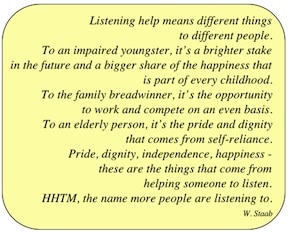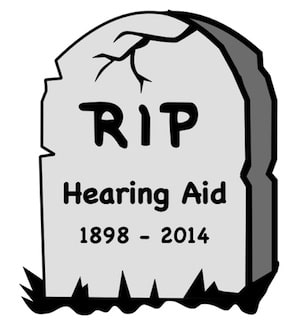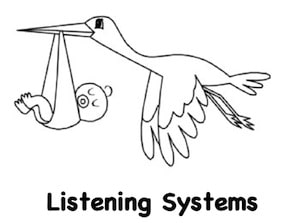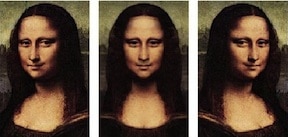 Note: This Obituary is written somewhat with tongue in cheek, but history tells us to beware of what we do not know or expect. This is the first of a series of posts on “the Hearing Aid Obituary.” The series is a theoretical treatise attempting to project amplification (actually listening) directions moving forward.
Note: This Obituary is written somewhat with tongue in cheek, but history tells us to beware of what we do not know or expect. This is the first of a series of posts on “the Hearing Aid Obituary.” The series is a theoretical treatise attempting to project amplification (actually listening) directions moving forward.
Obituary
Some time around 2014, the hearing aid, as it has been known, died. It was born as a cousin to the telephone invented by Alexander Graham Bell in 1876{{1}}[[1]]Bell, Alexander Graham, Improvement in Telegraphy, Patent No. 174,465, March 7, 1976, application filed February 14, 1976[[1]], learned to hear and project properly from the early 1940s through the 1950s, and grew to adulthood under its parents – hearing aid manufacturing, otology, audiology and hearing aid dispensing from the 1970s, until recently.
Unfortunately, from its beginning, it has been a victim of known human viral symptoms that prevented its healthy existence and growth. These symptoms are: disinterest, non-acceptance, financial risk, lack of motivation, misinformation, unrealistic expectations, and other human-like foibles. For the past several years, these viral infections, although treated as well as possible, continued to take their toll. As a result, the hearing aid’s overall health did not improve as expected.
Substantial, repeated attempts to energize it to a healthy condition have not borne the expected results. It had been hoped that informing the general public about its importance would provide fuel to render the hearing aid healthier and stronger than ever. But these attempts, which were accompanied by new, controversial, and conflicting interventions, created additional symptoms that offset the continued and expanded efforts for better health. Failing to receive proper life support, the hearing aid died a natural death. However, its legacy is expected to live and thrive via a transformational series of devices falling under the heading of “Listening Systems.”
 Thoughts
Thoughts
It is difficult to call the hearing aid obituary a surprise, or an improbability. We now live in a rapid and digitally changing world. The world no longer focuses merely on technologic improvements; but rather focuses also on the ideas, accessibility, expanded use of this technology outside the box, and user interests and perceptions. Instant gratification seems to be the rule of the day.
Is it logical to think that the hearing aid and its use are any different from other communication products in this regard?
Individuals can wish all they want, and even tie the hearing aid’s use to specialized activity, but that is unlikely to inhibit intuitive encroachment and product modification that is likely to result in expanded listening use. Some traditional hearing aid activity is already morphing into other kinds of communication devices that allow “listening” involvement, as the user sees fit, not how someone else thinks it should occur.
There are certainly accepted exceptions to these trends, especially for specialty hearing products (cochlear implants; instruments for people with severe hearing losses and for children; high-end signal processing technology; bone-conduction devices, etc.), and, understandably, involvement with these products may result in more directed, but limited specialty markets.
It is expected that there will always be a place for premium-priced hearing products that depend on special skills and care. But, what about those devices other than specialty products as defined above?
It is interesting that this trend away from referring to specialty devices as hearing aids has been occurring for a number of years without most of us even noticing. For example, during the decades that cochlear implants have existed, seldom, if ever, have they been referred to as “cochlear hearing aids,” even though they fit the general definition and use of a specialty hearing aid. We now have middle ear implants, brain stem implants, tooth implants delivering sound by bone conduction, bone-anchored devices, smart phones and applications that perform many listening services for everyone ranging from people with normal hearing to those with varying levels of decreased hearing sensitivity.
Next week: Is the problem of limiting usage of hearing aids the consumer, or the system?







It is encouraging to know that improved hearing is on the way. My mother lost her hearing in her mid-70s. So did my oldest sister. Hearing aids helped but didn’t fix it.
I am about to turn 80. My hearing started to go about two years ago after having a respiratory infection. I have hearing aids but my hearing is still less than perfect.
Thank you for what you are doing.